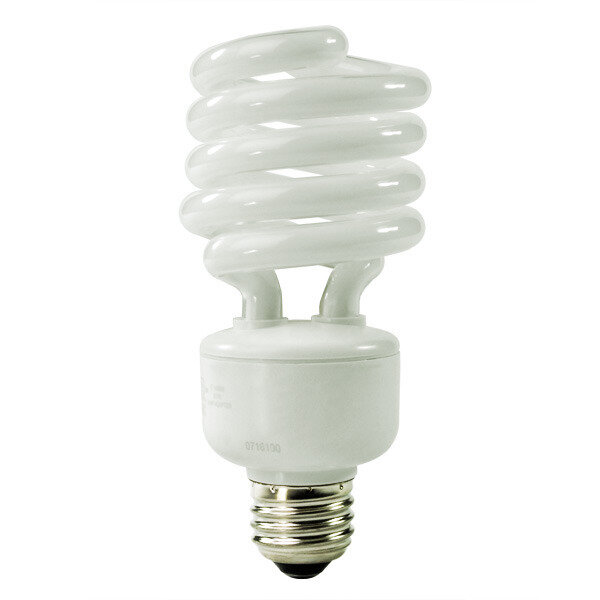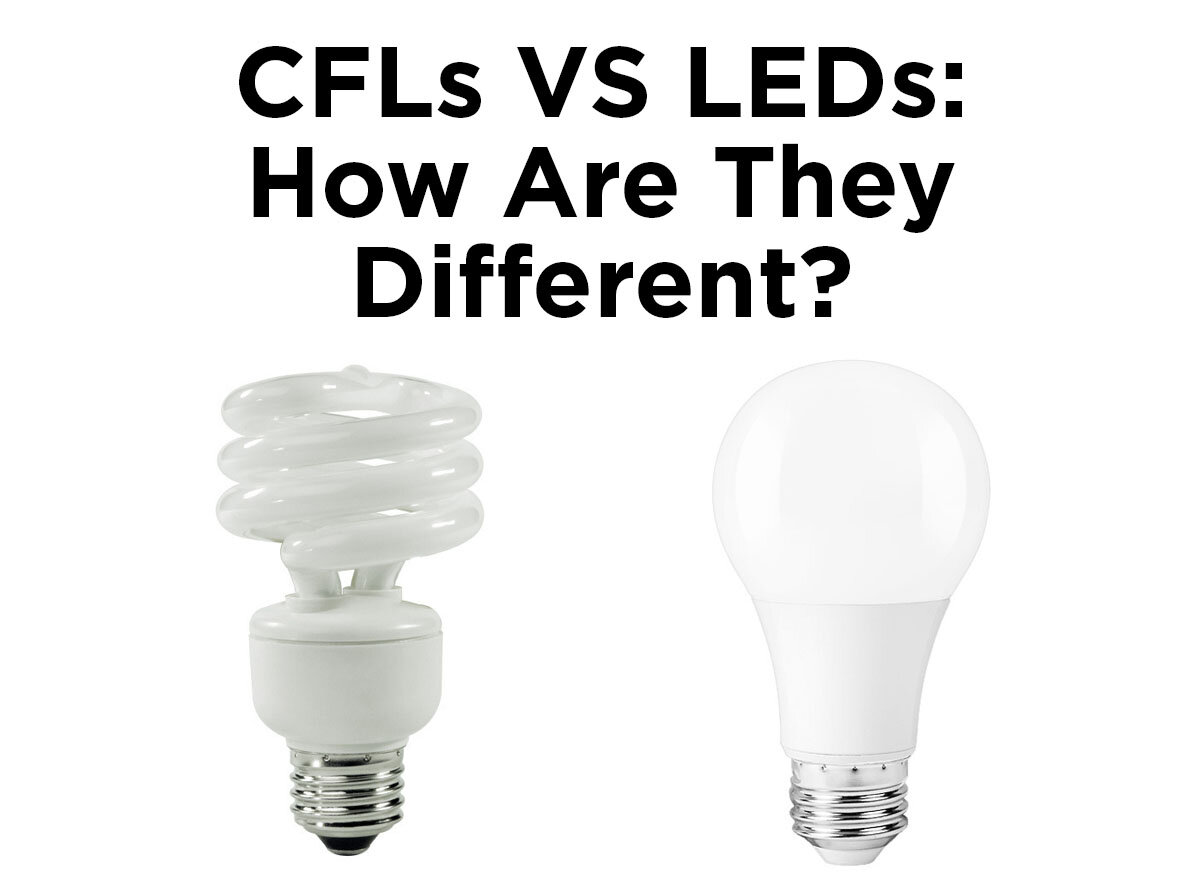Are CFLs Being Phased Out?
Not too long ago, the familiar spiral-shaped light bulbs many of us knew, dominated the fixtures of our homes and businesses. Compact fluorescent light bulbs or CFLs were a go-to choice for individuals seeking a cost effective and energy efficient lighting solution to replace incandescent bulbs. However, with LEDs producing better quality lighting, and prices dropping at every turn, CFLs may be fighting an already lost battle.
CFLs vs. LEDs
Although CFLs are fairly inexpensive, they’ve always faced a few major issues. CFLs have a slow warm up time, meaning it takes a while for the bulbs to completely light up. They have also been criticized for containing mercury, even though the amount is small. Both CFLs and LEDs are energy efficient, but where a 60-watt equal CFL consumes around 13 watts of energy, a 60-watt equal LED only consumes about 8.5 watts.
In a similar comparison, the average lifespan of CFLs is around 6,000 hours, while some LEDs can last over 50,000 hours. During Earth Day in 2015, Phillips released a 60-watt equivalent LED light bulb that reportedly lasts a whopping 10 years.
G.E. Turns Off the Light
Earlier this year, General Electric announced that they would phase out selling CFLs in the United States by the end of 2016. “Now is the right time to transition from CFL to LED,” exclaimed John Stranic, in a recent interview with the New York Times. Stranic is the Chief Operating Officer of Consumer and Conventional Lighting at GE Lighting. “There are so many choices that a consumer has for one socket in their home it’s overwhelming. This will help simplify that,” he further explained. According to GE Reports, last year’s sales in LED lighting grew 250% and now make up 15% of the 1.7 billion light bulbs sold yearly in the U.S. The cost of LED lighting has significantly dropped, with the prices of some bulbs falling under $5. Popular retailers have also moved away from CFL bulbs or begun carrying a limited supply, including IKEA, Sam’s Club, and Walmart.
Declining Sales and New U.S. Lighting Standards
The National Electrical Manufacturer Association (NEMA) released information in 2015 showing the shipment demands for CFLs dropped 28% while the demand for LEDs increased, with an astonishing 237% spike during a year-over-year analysis. Besides a decline in shipments, CFLs on the market today don’t meet the latest lighting efficiency proposal created by the Department of Energy. The DOE has proposed a new standard for light bulbs that would apply to both LEDs and CFLs. According to Energy.gov, “The proposed rule would set an efficiency level that is not particular to any technology, but which today only LEDs meet. These rules take a long-term approach, coming into effect in 2020.” The goal of the new proposal is to not only to help consumers save money, but drastically reduce greenhouse gas emissions. In 2014, LEDs prevented 7.1 million metric tons of harmful CO2 emissions from entering our atmosphere while also saving $1.4 billion in energy costs.
Even though CFLs won’t disappear from shelves next week, its obvious LEDs are currently in the lead for best bulb. It sounds like the spiral bulb swan song is about to commence. How do you feel about GE phasing out CFLs? Feel free to leave your response in the comment section below. As always you can contact us on Facebook, Twitter, LinkedIn or Pinterest!





![Which Hydroponics System Fits You [Infographic]](https://images.squarespace-cdn.com/content/v1/56feae0ab6aa60ebb6039bf3/1610031998907-71S843JZAFTF8S6YDMX3/hydro-system-info.jpg)


